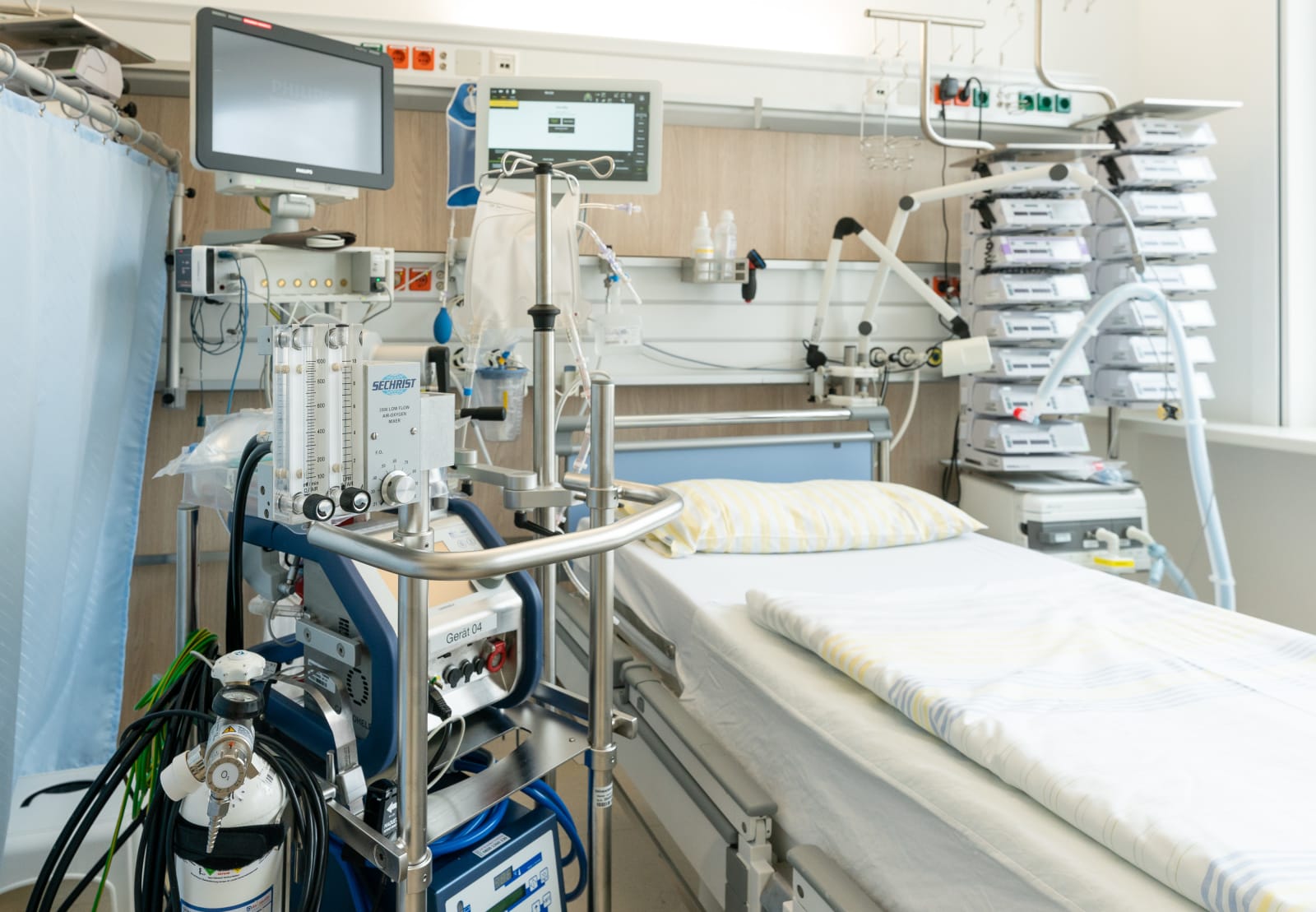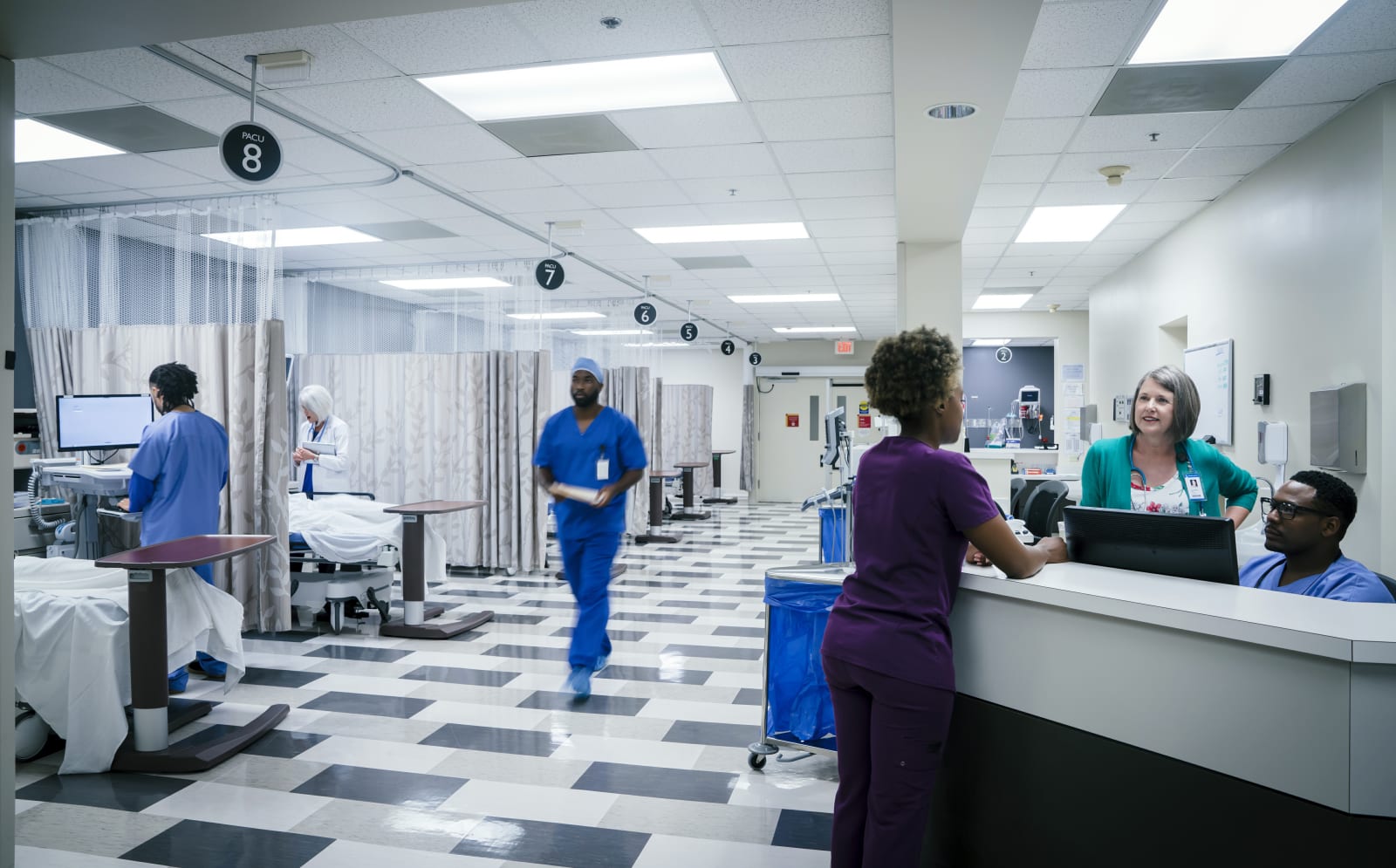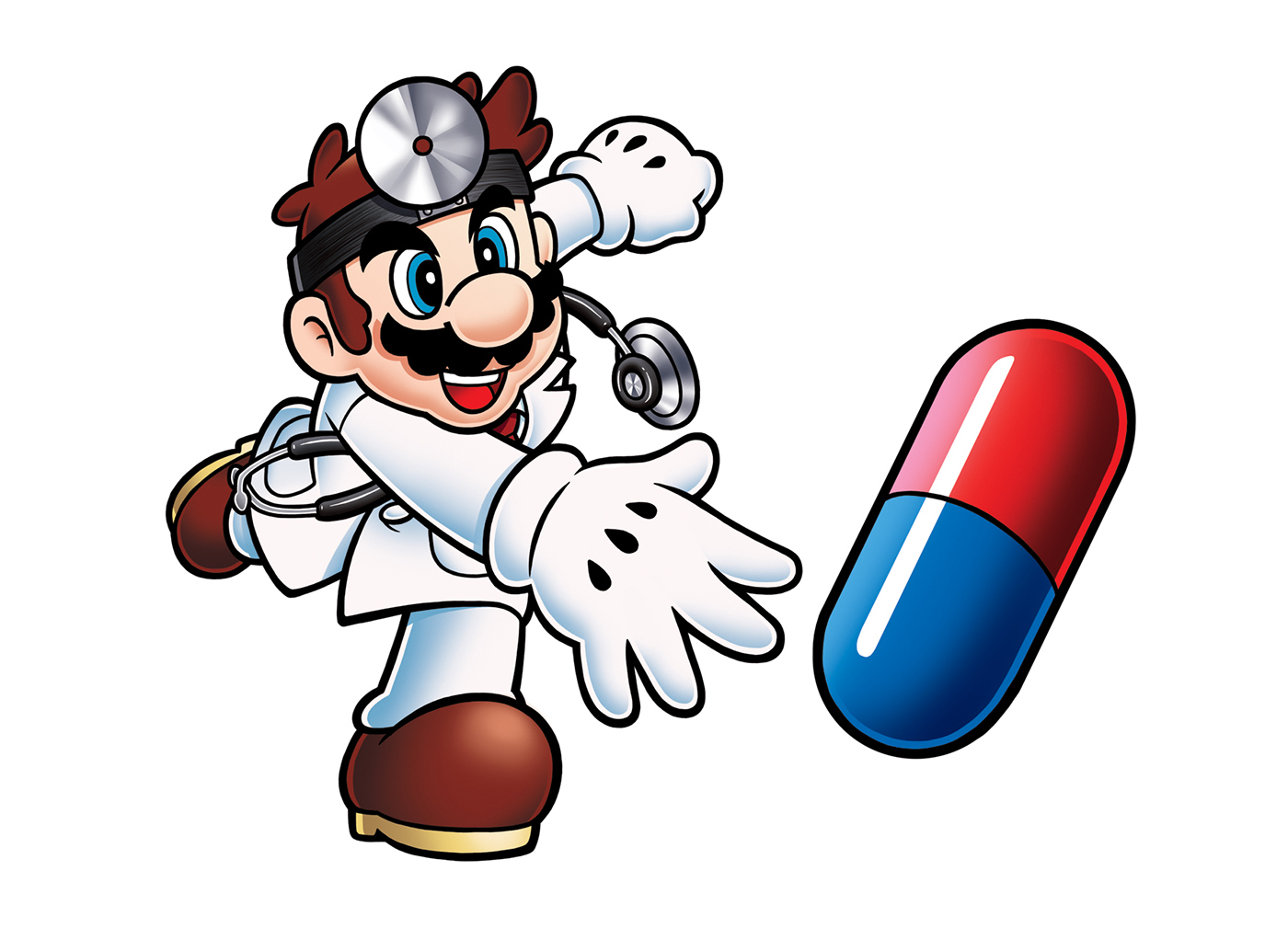
We are all aware of the three basic needs for human survival, while a fourth one is added to the list: medicines. Medical innovations are one of the few things that have the ability to change the world in a single innovation. WHO states that Cardio Vascular Diseases are the number one cause of death globally: more people die annually from CVDs than from any other cause. About 422 million people worldwide have diabetes, the majority living in low-and middle-income countries, and 1.6 million deaths are directly attributed to diabetes each year. The only way to handle these diseases is to improve our existing healthcare practices, focus more on monitoring which in turn will help us be more prepared for everything that comes our way. The designs showcased here today attempt to innovate and improve our existing practices – from the cast applied on a fracture to even motion sickness, these designs will improve our quality of life for the better!


Chicago-based startup Cast21, however, has designed a sleeve that fits over any hand. Cast21’s cast takes shape around your hand once it’s filled with a patented gel that hardens over time. Doctors select a sleeve-size based on whether the patient is a child or a fully-grown adult. The sleeve is slipped on, and filled with a patented mixture of resins that become a malleable gel after a while. The doctor can then adjust the gel to perfectly hug the limb, giving it the support it needs. Patients can even choose between gel-colors, opting for combinations and gradients, breaking the stigma that casts need to look horribly clinical. The resins harden through an exothermic reaction, providing soothing heat to the limb as the cast begins to take shape.

Citroën’s SEETROËN (clever name alert) is quite an ingenious device designed to help create a balance between nausea-inducing experiences, so your brain doesn’t get confused. The quirky-looking glasses (designed to be worn only while traveling) come with four rings on the front and side with a liquid suspended in them. When in a moving vehicle, the liquid moves around too, giving the brain a visual stimulus that helps it understand the way you’re moving. When the car moves from left to right, the liquid in the ring does too, informing your brain of the movement as you watch movies on a screen or read a book. The rings stay on the boundaries of your vision, allowing you to see normally, while the liquid rings on the periphery don’t obstruct your vision.


Literally the size of a quarter, Adam Miklosi’s Dab is an unobtrusive Holter ECG/EKG that rests comfortably on your chest, constantly reading your heart’s movements. Designed to be minimal, non-invasive, and simple, the Dab tries to bridge the gap between medical appliances and wearables. Its tiny yet classy design sits on your chest via a gel patch, while the electrodes capture your heart activity. The Dab’s dry-electrodes allow it to be used and reused, while constantly measure one’s heart activity (requiring periodic charging via their wireless charging hub), and keep logs of accurate readings, quietly sitting on your chest while you absolutely forget that they’re even there in the first place!


The Kardia is a tiny ECG (or EKG) reader that works in conjunction with your iPhone to give you heart-rate readings. Simple in its design, with just two textured sensor-pads for your fingers, the device takes readings and its partner-app guides you through the process, showing you your current heart rate. Place your fingers on the sensors & in just 30 seconds, you have a medical-grade EKG reading, to be monitored for irregularities, or shared with your doctor. Just like the thermometer became a household medical product, followed by the blood-sugar meter, the Kardia aims at becoming the next household medical device that helps people monitor their heart status and keep a check on their condition.


VanBerlo Agency’s LifeSaver can be mounted on walls at accessible and prominent locations. If someone is suffering from a cardiovascular attack, you simply grab it and press the button for calling 911 below it. So while you perform CPR, the ambulance is on its way! The first instruction provided is to remove the clothes from the chest of the victim. After that, you open the box and remove LifeSaver from it. Place the AED on the chest of the victim, and follow the instructions. OLEDs and touch sensors guide you through the entire process. LifeSaver even helps you with placing the electrodes correctly and guides you regarding the location and rhythm for the chest compressions. Via visual displays and an audio option, LifeSaver gives you critical feedback.


Using a trio of gyroscopic motors mounted within a sleek and futuristic wearable that dramatically wraps around the user’s hands, Tryro counteracts the shakes to stabilize the user’s hands and therefore induce a sense of confidence! Its designer, James Sanchez, recognized the various levels of tremors that an individual can have. To cater to this, a dial that’s located on the user’s wrist allows for adjustment of the gyroscopic motor’s speed! What makes Tryro so unique is the medical aesthetic that it has managed to avoid. Considered details and an attractive form lead to a more desirable product and one which doesn’t carry the stigma of medical devices!


Imagine a smart insulin port attached to your skin, delivering the right dose, and at the right time. At the same moment, getting all information regarding your sugar levels, meds timings, and health data, managed and analyzed with the accompanying app. Kite, designed by Mitul Lad & Cambridge Consultants, replaces the need to pump yourself with over 30 injections a week, thanks to the soft cannula insertion. It turns any device into a ‘smart’ device and automatically dispenses the accurate insulin dose. Designed to be affordable, a device like this can be very helpful in the lifestyle management of diabetics.


Ryan Krause’s VERO isn’t just some regular thermometer… it was built for helping companies monitor the health of their individual employees. The VERO reads temperature using non-contact infrared sensors, but it doesn’t just do that. It helps keep a tab of people scanned too, allowing offices or businesses to internally test their own employees. The VERO scans the patient’s temperature while also logging in their name, details, and their identity… like a biometric scanner that captures an employee’s attendance as well as their health!


I love how designer Manuel Hess put it… “a walker doesn’t have to look like a disease itself.” Harsh but SO true! His proposal for a walker, called PROSUS, ditches the stigma and is instead designed with dignity in mind. It takes inspiration from both sportbikes and modern furniture, applying the same sleek design language to the walker. Unlike “medical” looking walkers, this one totally looks Professor X worthy!


Taking inspiration from Airbus’ existing family of cutting-edge aircraft, the Airbus A-180 Drone project by Reza Salianeh looks a lot like something that might already exist in their modern fleet! To deliver a payload of emergency supplies, it utilizes three double engines – one at the rear for forward thrust and two integrated into the wings for upward and downward maneuvering. Able to take off and land vertically or horizontally, it can safely enter danger zones. Upon arrival, it releases a cargo capsule capable of transporting everything from medicine and antivenin to supplemental blood and even organs.


The award-winning Jelly medicine by Jeongho Oh, Dongho Choi, and Ryangtak Oh is individually packaged to minimize air contact and to prevent almost oxidation of nutrients from the moment it comes into contact with oxygen. It also provides customized medicines by individually tailoring the packaging. You can order medicines for specific diseases and age groups instead of having all tablets coming separately and wasting resources. The aim of this water-free jelly medicine is to ensure that people in developing countries do not needlessly suffer from diseases caused by contaminated water. Not only does this medicine design make swallowing easier, but it also addresses the larger problem of access to clean water in poorer countries. This innovative jelly medicine is created to be water-free so people don’t have to pick between curing themselves or adding on to existing health risks. The jelly is the same size as a sip of water so the patient won’t need to drink anything when taking the medicine. “Poor hygiene and poor water quality are causes of many diseases, including cholera and typhoid fever. When taking medicine in such conditions, there is a risk of acquiring additional illness if the medication is taken with unsanitary water. Jelly medicine eliminates this hygienic problem because it can be easily swallowed without water,” says the designer.


Behold the Full Metal Jacket… No really, this jacket from Vollebak is actually made from a germ-repelling metallic textile. Quite unlike those space-foil jackets that astronauts wear, the Full Metal Jacket actually uses a fabric with woven strands of copper, so it’s entirely breathable, flexible, and doesn’t make a crinkly sound when you move around. With as much as 11 kilometers of copper in each jacket, the apparel relies on copper’s innate ability to kill off any bacteria or viruses that it comes in contact with. The Full Metal Jacket comes with four large waterproof pockets on the outside and three chest pockets for your belongings. Designed to be your everyday jacket, it can be worn in any sort of weather outdoors, and remains as comfortable and soft to touch as any sort of synthetic outerwear would… in fact, you really can’t even see the copper strands unless under a microscope. However, unlike most outerwear, synthetic or not, it possesses the ability to completely obliterate any sort of microorganism that comes in contact with it, a feature that makes it a standout product in our uncertain future.
With reality and life catching up to our unchecked actions, it is time for us to clean up our act and while we repair the damage we inflected to the earth, we need these medical innovations to keep us healthy and safe.






































 Since the coronavirus outbreak began, Amazon has seen a "significant increase in demand," especially for medical and cleaning supplies. It has also seen third-party retailers raising prices on things like masks, hand sanitizer and disinfectant sprays...
Since the coronavirus outbreak began, Amazon has seen a "significant increase in demand," especially for medical and cleaning supplies. It has also seen third-party retailers raising prices on things like masks, hand sanitizer and disinfectant sprays...
 Addressing concerns that the US lacks sufficient respirators to effectively tackle the COVID-19 pandemic is, fundamentally, all about right to repair. That's the argument put forward by Nathan Proctor, head of the Right to Repair campaign at the US P...
Addressing concerns that the US lacks sufficient respirators to effectively tackle the COVID-19 pandemic is, fundamentally, all about right to repair. That's the argument put forward by Nathan Proctor, head of the Right to Repair campaign at the US P...
 Some GE medical equipment have vulnerabilities that make them easy to tamper with, according to the FDA. The agency has warned hospitals and healthcare providers that a third-party cybersecurity firm has identified flaws in certain GE Healthcare Clin...
Some GE medical equipment have vulnerabilities that make them easy to tamper with, according to the FDA. The agency has warned hospitals and healthcare providers that a third-party cybersecurity firm has identified flaws in certain GE Healthcare Clin...
 In case you didn't get the message yet, Nintendo is trying lots of new things. To that extent, it's formalizing some of that in its official charter next month. While most of it is rewording in places, the updated charter includes new references the...
In case you didn't get the message yet, Nintendo is trying lots of new things. To that extent, it's formalizing some of that in its official charter next month. While most of it is rewording in places, the updated charter includes new references the...
